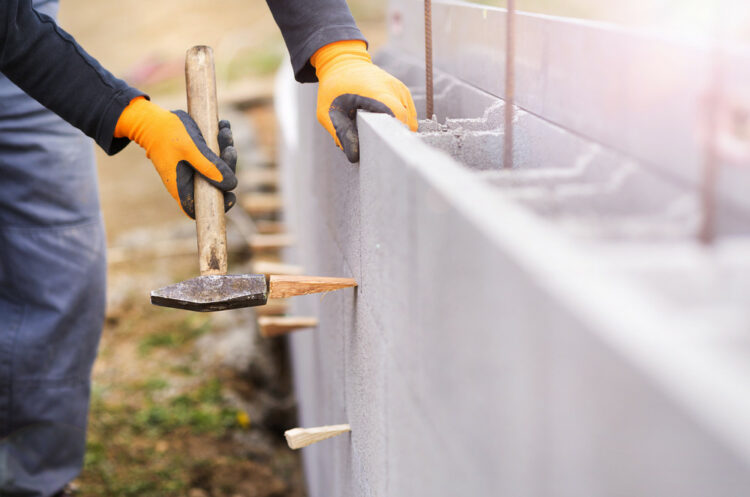When starting any concrete project, one of the most important decisions is choosing the right mix. There are many types of concrete mixes available, each with its own characteristics and best uses. Looking at a few key options will help you understand how to select the proper concrete for your next job.
1. Standard Concrete Mixes
The most common and all-purpose concrete mix is made from cement, aggregate (gravel and sand), and water. Standard concrete mix achieves maximum strength through a curing time of around 28 days. At seven days, it has cured enough for light use and loading, according to Cement.org. This makes it suitable for a wide variety of general applications and conditions. Standard concrete is a good choice when you need adequate strength but don’t require extremely rapid curing. It works well for foundations, columns, slabs, walkways, retaining walls, and other basic concrete construction. Just be sure to allow sufficient time for curing before full loading or stressing the concrete.
2. Rapid-Set Concrete Mixes
For projects where speed is critical, rapid-set concrete mixes allow concrete to gain strength very quickly, often in just a few hours. Through special cement and chemistry, rapid-set mixes can be ready for vehicle traffic within three to four hours after pouring. This makes them perfect for road and bridge repairs, concrete patching jobs, emergency construction, and pouring concrete in cold conditions. The fast turnaround and early strength development of rapid-set concrete mixes allow you to fully use or load concrete much sooner than regular mixes. This can dramatically shorten project timelines when curing speed needs to be maximized.
3. High-Strength Concrete Mixes
Where very high compressive strength and durability are required, high-strength concrete is the best choice. With less water and additions like silica fume, high-strength concrete can reach double or even eight times the strength of standard mixes. Applications like high-rise buildings, parking garages, industrial floors, and earthquake resistance utilize high-strength concrete to maximize performance. The increased strength allows columns, slabs, and spans to be optimized through thinner sections and smaller sizing. High-strength concrete is specially engineered for large, demanding projects.
Considering the curing time, early and ultimate strength gain, and specific application will guide you in selecting the best concrete mix. Don’t use standard mix for repairs or cold weather, where rapid-set mixes excel. Don’t over-specify rapid-set or high-strength mixes for simple slabs and foundations where standard concrete suffices. Match the concrete to your project’s needs for ideal results. Contact us today at GFP Mobile Mix for more information about our concrete mixes and services.



